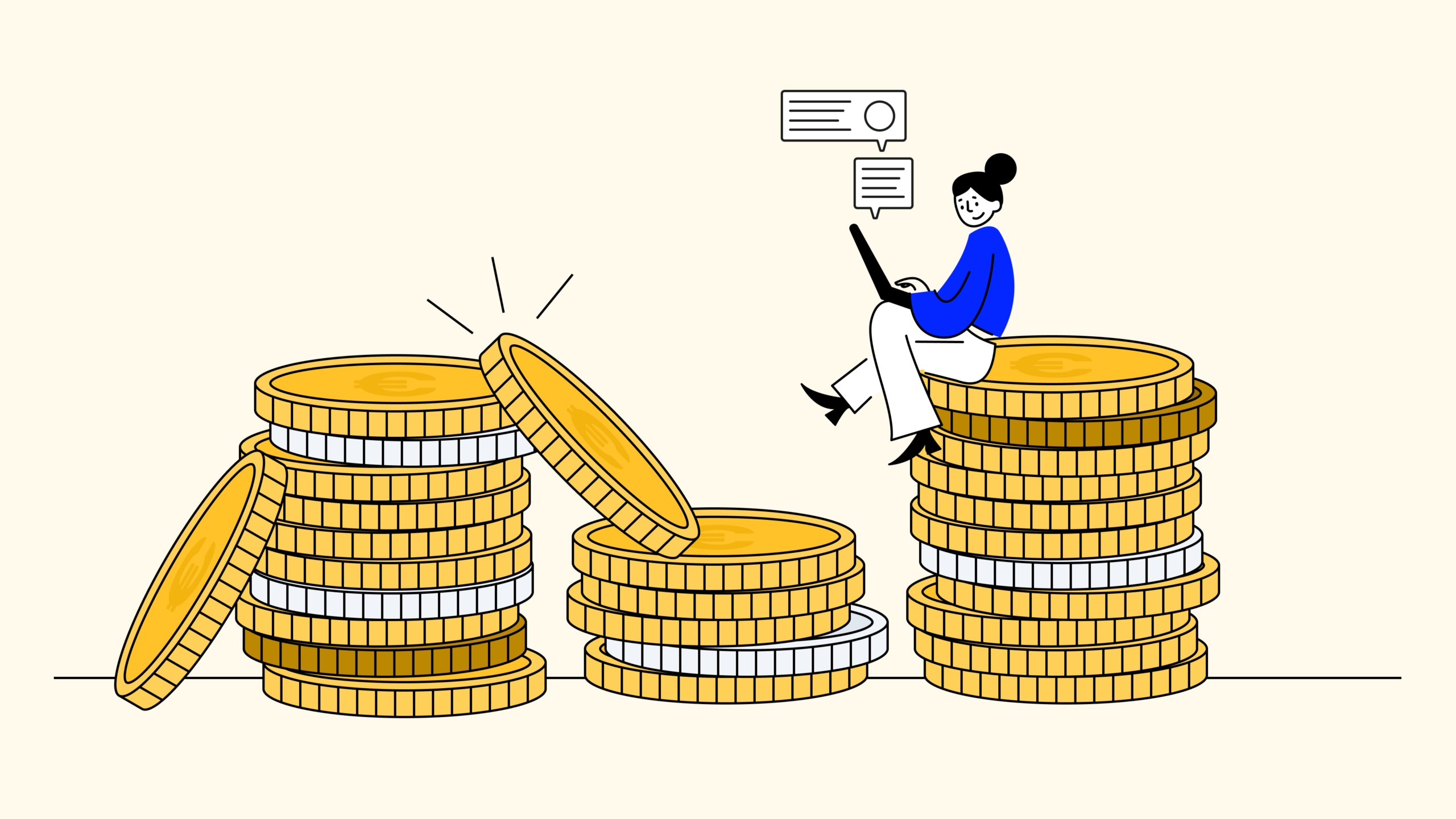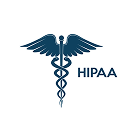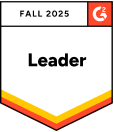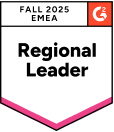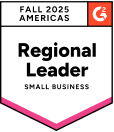
With cold calling, there are two camps. You either love it or you hate it. Among sales reps, the predominant feeling is negative, with 63% saying they view this as an undesirable task.* And it’s easy to understand why. Nobody wants to spend hours preparing the list of prospects and perfecting your pitch only to be met with an abrupt “not interested” reply.
Cold calling statistics tell a different story. According to a study by the RAIN Group, 82% of buyers will meet with salespeople who proactively reach out if the seller shows value and relevance.* This means the issue isn’t cold calling itself, but how it’s done.
Tools like Power Dialer and CRM integrations have made it possible to remove much of the manual work and guesswork, letting teams focus on meaningful connections instead of robotic scripts.
This article dives deep into the numbers, offering data-backed insights to improve call strategies and reduce stress for agents.
Key Takeaways:
- In 2025, cold calling remains a powerful sales strategy, with 69% of buyers open to such calls, and 82% who would take the discussion further and meet with the sales rep who proves the value and relevance of their product.*
- Personalization is essential to overcoming the buyer’s call reluctance, and solutions like CloudTalk’s Call Analytics and AI-powered tools can help refine your strategy.
- Tracking performance is critical to achieve better timing for your calls and follow-ups and improve conversions.
Turn cold calls into warm ones
Why Cold Calling Remains Relevant in 2025
Despite the rise of digital sales outreach methods, cold calling continues to hold its ground as a vital tool in sales. Why? New technologies like AI cold calling and CRM integrations have made it smarter, faster, and more effective.
But what is cold calling? In simple terms, it’s the process of contacting potential customers who have had no prior interaction with your business, typically via phone, to introduce a product or service and generate interest or sales opportunities.
Sales reps can now use cold calling software to manage outreach campaigns and build stronger connections with prospects. You no longer need to spend hours perfecting the prospects list, which makes the cold calling process less stressful. You can use various tools to find prospects within minutes, analyze their history, and create the perfect call script.
For industries like financial services and education, compliance and accessibility remain critical challenges. Financial services, for instance, are heavily regulated to protect customer data and ensure ethical practices. In the education sector, you often have a very diverse audience of students, parents, and educators, so you have to tailor your message to each one.
When making any cold calls, you need to keep in mind regulations like the GDPR (General Data Protection Regulation), TCPA (Telephone Consumer Protection Act), or industry-specific mandates.
Regardless of the industry they’re in, calling someone without their consent or failing to provide accurate disclosures could lead to hefty fines. Cold calling tools with features like Call Recording for compliance review or automated consent collection, can mitigate these risks.
AI tools can address these issues by ensuring every interaction adheres to regulations. Examples include AI tools for lead qualification, such as CloudTalk, or CRM integrations that help you analyze past calls, strategies, interactions, and potential prospects. Analytics tools can also provide actionable insights that allow you to refine your strategies in real-time.
Boost agent productivity with real-time call insights
Key Cold Calling Statistics For 2025
Love it or hate it, cold calling is here to stay, and the data proves it. These key statistics provide actionable insights for your outbound efforts.
Conversion Rates For Cold Calls By Industry
The average cold call conversion rate is around 4.8%, with most industries falling in the 2%-5% range. This means that out of every 100 cold calls made, roughly five result in successful outcomes.
While this is a clear indicator that it takes a lot of cold calling attempts to close a deal, we need to remember this strategy can open doors to future opportunities and is still a viable component of a comprehensive sales process.
As an example, in the telecommunications sector, you’ll make a sale once in about 91 calls. In business services, like HR and payroll, the numbers look slightly better, as you’ll need an average of 45 calls to close a deal.
B2B conversion rates are typically higher than B2C, with numbers as low as 1%. That’s because you’ll often need a higher number of calls in B2C to build relationships and trust.
Call personalization can also be significantly more challenging in B2C. You need to understand what your prospect likes and needs. If you worked with them previously, you may have solid information on their preferences.
Otherwise, you need to rely on marketing data, which isn’t always accurate or complete, especially with more and more people opting out of sharing their browsing activity and rejecting cookies for marketing purposes.
In B2B sales, call personalization is much easier, as the company’s profile is often available online and easy to access and analyze.
No matter what sector you’re in, you must set realistic expectations and benchmarks based on industry standards. Implementing regular training sessions can help sales representatives refine their sales pitches and improve conversion rates.
Impact of Timing On Cold Calling Success
Personalization is essential, but you shouldn’t underestimate the importance of timing, either.
Research shows that Tuesday, Wednesday, and Thursday are the best days of the week for cold calling. These days typically see higher success rates than Mondays and Fridays, which are often viewed as less productive because of the start and end of the workweek.
What about the time of day, when should you call? Is there a bad time that reduces the effectiveness of cold calling? It turns out there is. If you want high success rates, try to avoid early mornings, before 9 am, and late evenings, after 4 pm. The best moments for cold calling are either late mornings, between 10-11 am, or early afternoons, between 2-4 pm.
If you’re working with prospects from all over the world, you’ll need to try and adjust your schedule based on their time zones. You won’t close many deals if you wake clients up at 4 am, or interrupt them during dinner.
Pro tip
Pro tip: Reach over 160 new markets and establish a presence anywhere in the world using CloudTalk’s International Numbers.
Length of Successful Cold Calls
The success of your cold calls isn’t just about what you say. It’s also about how long the call itself is. While the specific optimal duration can vary, it’s best to keep calls short and concise.
On average, the success rate of cold calling drops by 61% if the call exceeds 5 minutes.. When the call goes on for too long, the prospects tend to get disengaged, and may even hang up.
That doesn’t mean you should keep calls too short, though, because you might fail to provide enough value to your potential customers. Research shows that successful cold calls last about twice as long as unsuccessful ones.
Most seem to agree the sweet spot is somewhere between 3 and 5 minutes. This should give you enough time to introduce yourself, present the value proposition, and engage in a brief dialogue without overwhelming the prospect.
How do you find the perfect duration for your calls? Implementing call monitoring and analytics tools can help track call durations and outcomes, allowing for continuous improvement in call strategies.
Pro tip
Pro tip: Add CloudTalk’s Call Monitoring feature to your sales strategy. Evaluate agent performance, provide real-time tips, and help them close more deals faster.
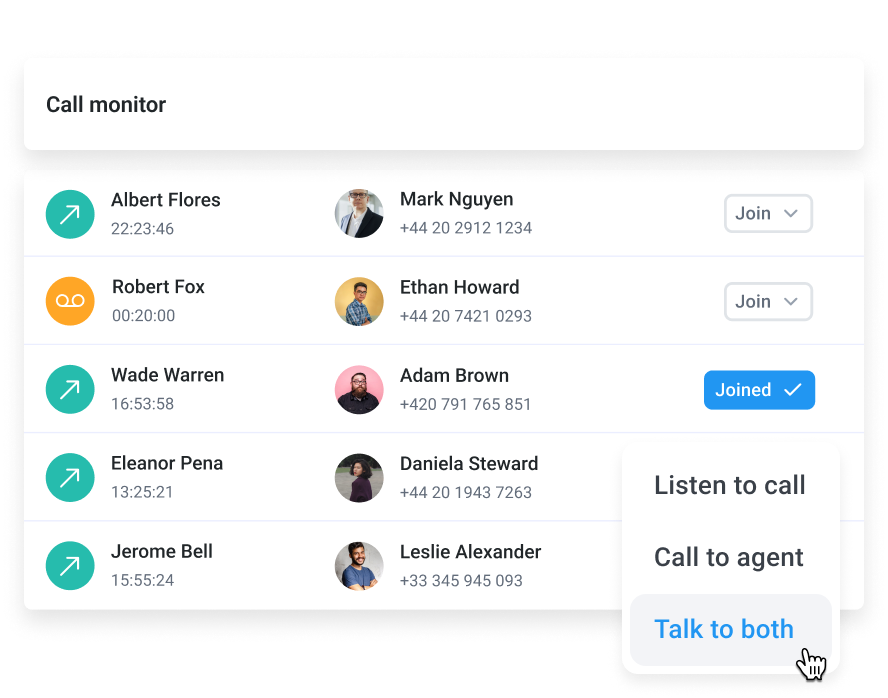
Effectiveness of Follow-Ups After Initial Contact
With cold calling, persistence matters: 60% of customers say “no” 4 times before saying “yes.” On average, it takes about 6 to 8 touchpoints to close a deal, but that includes various types of communication, including calls, emails, and social media interactions.
Other studies highlight that 80% of sales require five follow-up calls after the initial contact, which shows how important consistent outreach and sustained engagement with prospects are.
Follow-up strategies also vary a lot depending on who your prospect is and what industry they’re in. For tech companies, follow-ups can include sharing relevant case studies, product demos, or invitations to webinars.
Educational content can also help build trust and establish authority in the field. If you’re presenting a new product, providing sufficient examples, demos, and case studies, becomes even more important for closing a deal.
In B2C sales, follow-ups need to involve things like personalized offers, limited-time discounts, or retargeting strategies via email or social media to keep the prospects engaged and drive urgency.
With B2B buyers, you’ll often need a combination of sales calls and emails, addressing specific pain points discussed during the initial call.
Pro tip
Pro tip: Want to create the best strategy for your business? Implement a systematic follow-up process using CRM tools to track interactions and schedule reminders. This ensures prospects are consistently engaged without being overwhelmed.
Role of CRM and Analytics Tools in Improving Outcomes
At the beginning of 2025, CRM usage comes with an interesting statistic: 20% of business professionals are still unsure how to use one.
Despite this, experts believe the CRM market will grow by 12% annually through 2028. Of the businesses already using a CRM tool, 65% have one with integrated AI capabilities, and studies suggest they are 83% more likely to exceed their sales goals.
That’s because these tools provide sales teams with valuable insights into customer behavior, preferences, and previous interactions, allowing for more personalized and effective outreach. For instance, CRM integration can ensure that prospects receive tailored follow-ups based on prior conversations, increasing the likelihood of conversion.
How you work with these tools can vary depending on your and your prospects’ industry. For technology companies, CRM systems often include features like lead scoring and analytics that help prioritize high-potential leads.
In the e-commerce sector, CRM tools can track customer purchase history and preferences, allowing you to make informed calls that resonate with potential buyers, an approach that can lead to higher engagement and conversion rates.
Pro tip
Pro tip: Make sure your sales teams have access to integrated CRM and Analytics platforms. Consistent training will also help sales professionals to use data for decision-making, improving their sales strategies.
Statistical Impact of Personalized Scripts
Personalization is one of the most important parts of cold calling, a claim that data thoroughly supports. Studies show that 72% of customers will only engage with personalized messaging. That’s because such a message shows you understand the prospect and their priorities, and you’re not just reading the same robotic message to 1,000 people.
Plus, 80% of consumers are more likely to make a purchase when brands offer personalized experiences. Companies that excel in personalization can experience faster rates of revenue growth compared to their peers. The closer organizations get to understanding their customers, the more significant the gains.
Your personalization techniques should vary slightly based on your industry. In e-commerce, for instance, you can use data from previous purchases or browsing history to suggest products that align with the customer’s interests. Personalized emails or calls that reference specific items can significantly enhance engagement.
In B2B tech, highlight how your product addresses specific pain points relevant to the prospect’s industry. Using case studies or testimonials from similar companies can make cold outreach more relatable and impactful.
Tools like CloudTalk’s Call Flow Designer can significantly improve your personalization efforts. With it, you can create a customer journey in just 20 minutes, writing no code, and making it easy to use for people without in-depth tech knowledge. Plus, features like Call Monitoring and Call Transcripts can help you better understand what’s working and what isn’t, so you can further tailor your call strategies.
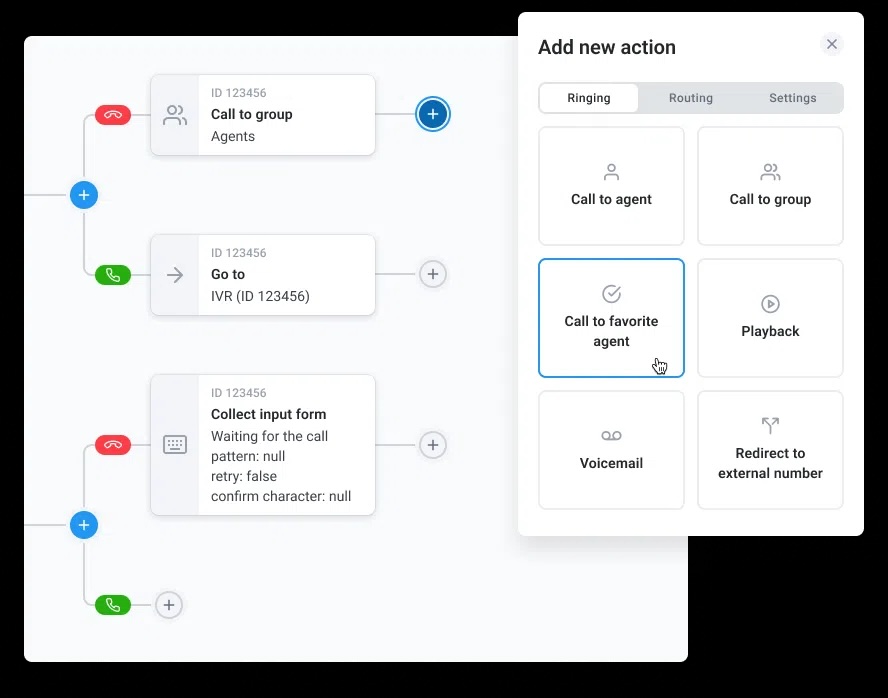
Cold Calling vs. Alternative Outreach Methods
Cold calling remains an important form of outreach, but we can’t overlook alternatives like emails or social media outreach.
Cold emails seem to be everyone’s preferred option, with 80% of business purchasers choosing them over cold calls. And it’s easy to see why. They’re less invasive, they won’t interrupt you while you’re busy, and you can read and analyze the offer at your own pace, without someone pressuring you at the other end of the line.
Social media, like LinkedIn or Instagram, is also slowly climbing the ladder and appears to be as effective as cold calling when it comes to conversions. Unlike email, it allows for better engagement and relationship building, which can often lead to more sales.
Before ditching one method altogether, know that studies show the most successful outreach strategies often involve a combination of methods. For instance, sending an initial outreach email before making a cold call can warm up the prospect and increase the likelihood of a positive response.
In other words, try to design integrated outreach campaigns that combine cold calling with emails, social media interactions, and other channels. Monitor the effectiveness of each channel to understand what your prospects prefer and optimize your overall strategy.
Tools like CloudTalk can help you analyze your cold calling strategy.Understand what scripts convince your prospects to buy a product and improve both caller and client experience.
Pro tip
Pro tip: Discover how you can increase outbound call success, track performance, and reach more clients with less effort.
82% of Buyers Say Yes—Transform Your Cold Calling Strategy
In 2025, cold calling isn’t just about dialing numbers. It’s about precision, strategy, and using the right tools to connect with prospects in a meaningful way. Success lies in combining personalized scripts, optimal timing, and the latest technologies like AI cold calling, analytics, and CRM integrations to make every conversation count.
By shifting the focus from sheer volume to smarter, data-driven outreach, your team can build stronger connections, reduce stress, and drive higher conversion rates. With tools like CloudTalk’s cold calling software, you’ll empower your team to work smarter, not harder.
Boost your pick-up rates instantly
*Sources:



